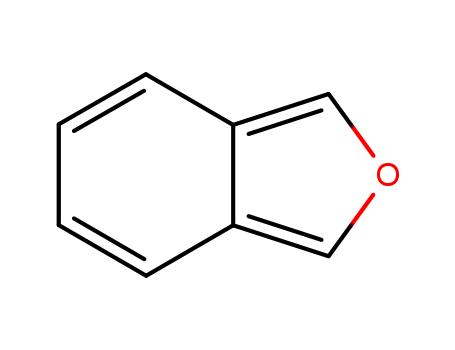10.1016/j.tet.2008.06.002
The study focuses on the synthesis and characterization of 1,3-diarylbenzo[c]selenophenes, which are conjugated macromolecules with potential applications due to their unique electrical and optical properties. The researchers used a selenium transfer reaction involving keto-alcohol/benzo[c]furan and Woollins reagent to synthesize a series of symmetrical and unsymmetrical 1,3-diarylbenzo[c]selenophenes. The chemicals used in the study include phthalides, aryl/hetero-arylmagnesium bromides, and Woollins reagent. Phthalides served as the starting materials, aryl/hetero-arylmagnesium bromides were used as Grignard reagents to open the ring of the phthalides, and Woollins reagent was employed as a selenium transfer agent to convert the intermediate keto-alcohols or benzo[c]furans into the target benzo[c]selenophenes. The purpose of these chemicals was to facilitate the formation of stable benzo[c]selenophene analogs, which were then studied for their optical and electrochemical properties to further understand their potential use in materials science, particularly in the development of electronic materials such as organic light-emitting diodes (OLEDs).
10.1016/j.bmcl.2011.11.078
The research aims to develop new compounds that could inhibit T-cell proliferation and IMPDH type II activity, with the aim of creating safer and more effective immunosuppressive drugs. The researchers synthesized a series of isobenzofuran-based compounds, including a,b-unsaturated amides, ureas, and diamides, and assessed their structure-activity relationships. The conclusions drawn from the study indicated that the a,b-unsaturated amide series generally demonstrated higher potency than the urea and diamide series, with compounds 2d, 2e, 2h, and 2j showing superior immunosuppressive properties compared to mycophenolic acid (MPA), a known immunosuppressive agent. Other compounds like 2k, 2m, 2n, 4c, and 5d exhibited inhibitory activity comparable to MPA. The study provided insights into the development of new immunosuppressive agents and further evaluation of these compounds is underway to determine their therapeutic potential and toxicity profiles.





